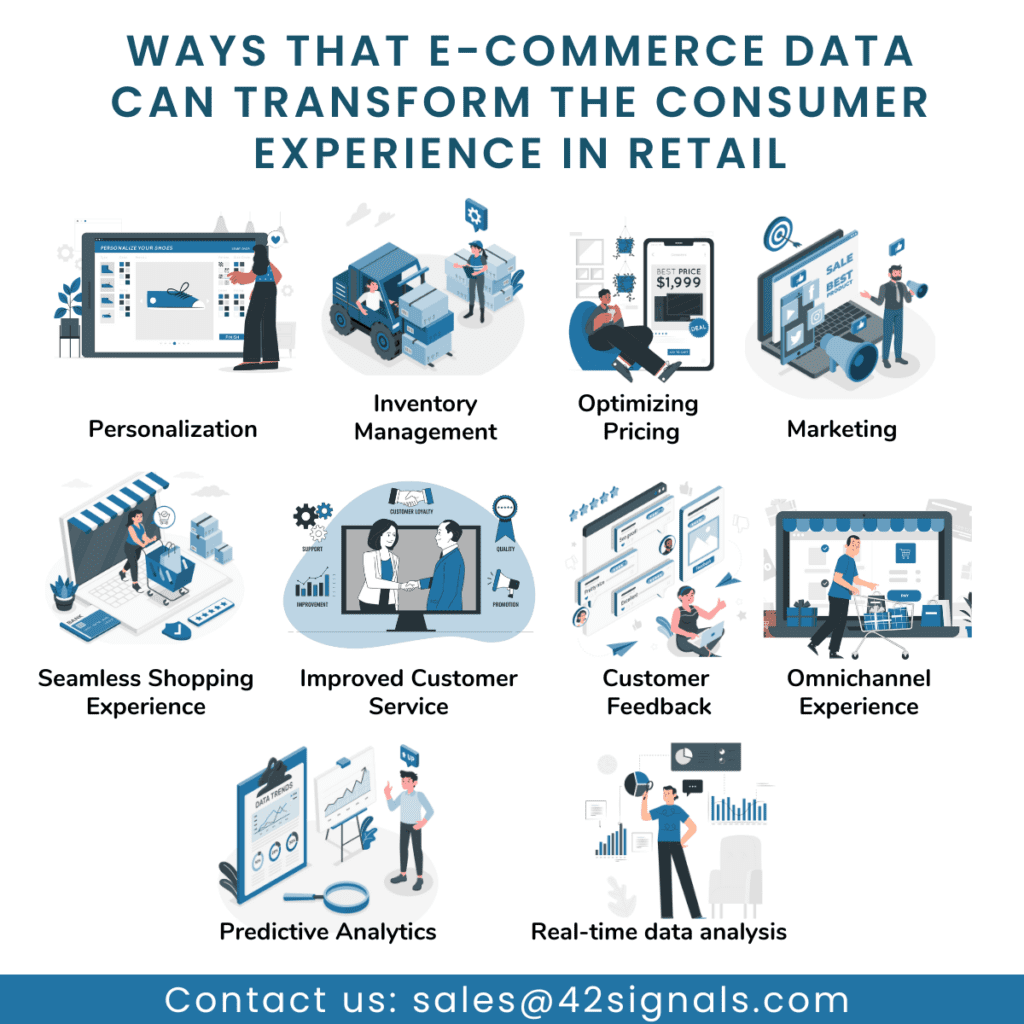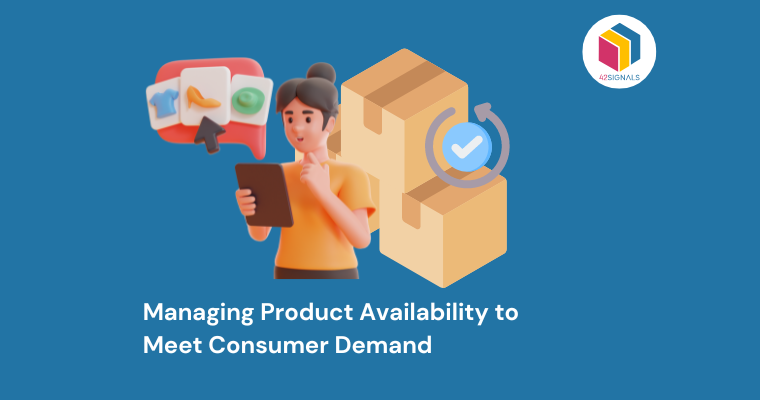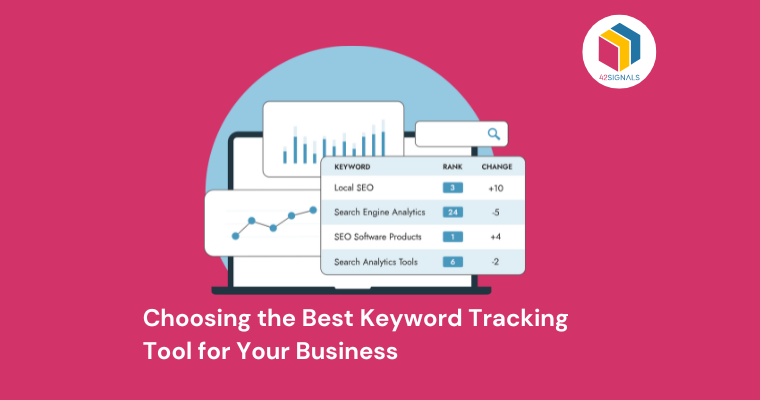In recent years, the importance of customer experience in retail has become increasingly important as consumers are even more demanding in terms of what they expect from their shopping experience. Customer experience encompasses the overall impression a customer has of a retail brand or store, based on their interactions with the brand or store throughout the customer journey, including their perception of the quality of the products or services, the level of customer service they receive, the ease of navigation in the store, the speed and efficiency of checkout, and any other factors which affect their satisfaction and loyalty.
A positive customer experience can lead to higher customer satisfaction, loyalty, and repeat business, while a negative experience can result in customer churn and damage to the brand’s reputation. To create a positive customer experience, retailers must focus on meeting and exceeding customer expectations at every touchpoint along the customer journey. This includes offering high-quality products and services, providing personalized recommendations and assistance, making the shopping experience easy and convenient, and providing excellent customer service.
Data In Retail
E-commerce data plays a significant role in transforming the consumer experience in retail. With the rise of e-commerce, retailers now have access to vast amounts of data on consumer behavior, preferences, and purchase history. This data can be used to create a more personalized and relevant shopping experience for consumers, which can improve customer satisfaction and loyalty.
Retailers can use a variety of tools and insights to anticipate consumer demand, monitor competition, optimize digital shelves, and grow online sales By prioritizing customer experience and consistently meeting customer expectations, retailers can build strong customer relationships and drive long-term business success.
Here are some ways that e-commerce data can transform the consumer experience in retail:

Personalization:
Customers expect to be recognized, offered relevant products, and presented with offers that are tailored to their individual needs. E-commerce data can be used to personalize the shopping experience by offering product recommendations based on a customer’s past purchases, browsing history, and preferences. By customizing the shopping experience for individual customers, retailers can create a more engaging and relevant experience.
Inventory Management:
E-commerce data can be used to optimize inventory management by anticipating demand and ensuring that the right products are available at the right time. This can help to reduce out-of-stock situations and improve customer satisfaction.
Optimizing Pricing:
E-commerce data can be used to optimize prices by analyzing consumer behavior, market trends and competitors. By adjusting prices to meet customer needs and market demands, retailers can maximize sales and profits.
Marketing:
E-commerce data can be used to create targeted marketing campaigns that are tailored to the needs and preferences of individual customers. By delivering the right message to the right customer at the right time, retailers can improve customer engagement and drive sales.
Seamless Shopping Experience:
E-commerce data can help retailers create a seamless shopping experience across all channels, including online, mobile, and in-store. By gathering the data on customer behavior and preferences, retailers can provide a consistent experience that meets customer needs and expectations.
Improved Customer Service:
E-commerce data can be used to improve customer service by providing real-time data and insights into customer behavior and preferences. This can help customer service representatives to provide better assistance and support, resulting in higher customer satisfaction and loyalty.
Customer feedback and reviews:
Retailers now are using data to gather feedback from customers and to analyze customer reviews. This can help them identify areas where they need to improve, and can also help them understand what their customers like and dislike about their products and services. Retailers can then use this information to make changes that will improve the overall customer experience.
Omnichannel Customer Experience in Retail:
E-commerce data enables retailers to create a seamless omnichannel experience for their customers. By integrating data from various channels (such as online, mobile, and in-store) and providing a consistent user experience across all channels, retailers can provide customers with greater convenience and flexibility, resulting in higher satisfaction and loyalty.
Predictive analytics:
E-commerce data can be used for predictive analytics to predict future trends and customer behavior. Retailers can use this data to make informed decisions about product selection, pricing, and marketing, resulting in increased efficiency and profitability.
Real-time data analysis:
E-commerce data can provide real-time insights into customer behavior and preferences, allowing retailers to respond quickly to changing trends and customer needs. This can result in more effective marketing campaigns, more targeted product offerings, and better customer service.
E-commerce data is transforming customer experience in retail in multiple ways, from personalization and inventory management to pricing and promotions, customer service, and predictive analytics. By leveraging the e-commerce data effectively, retailers can improve the overall shopping experience for customers, build strong customer relationships and achieve long-term business success.





